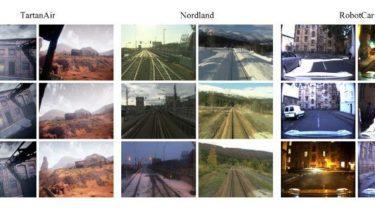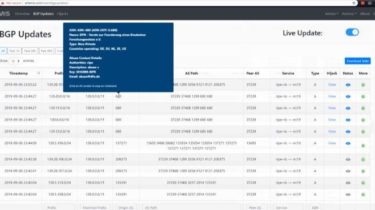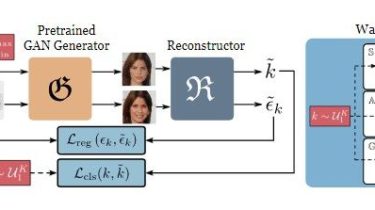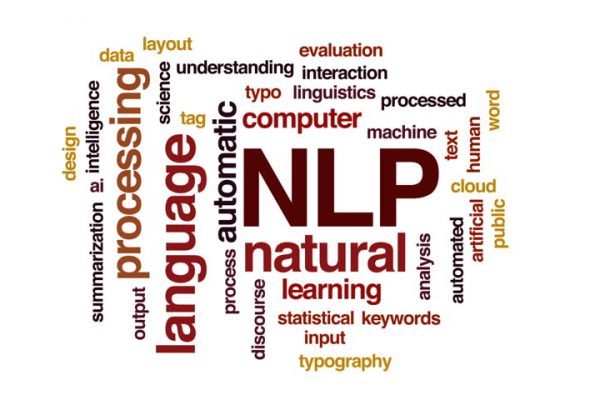AirLoop: Lifelong Loop Closure Detection
This repo contains the source code for paper: Dasong Gao, Chen Wang, Sebastian Scherer. “AirLoop: Lifelong Loop Closure Detection.” arXiv preprint arXiv:2109.08975 (2021). Demo Examples of loop closure detection on each dataset. Note that our model is able to handle cross-environment loop closure detection despite only trained in individual environments sequentially: Improved loop closure detection on TartanAir after extended training: Usage Dependencies Python >= 3.5 PyTorch < 1.8 OpenCV >= 3.4 NumPy >= 1.19 Matplotlib ConfigArgParse PyYAML
Read more







